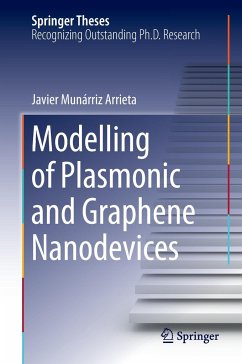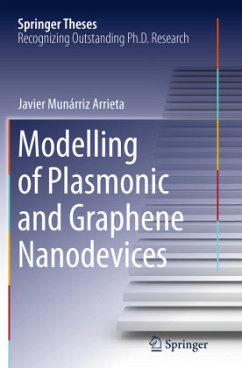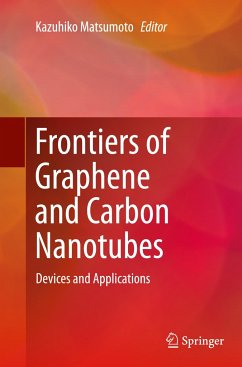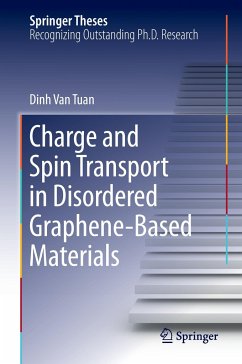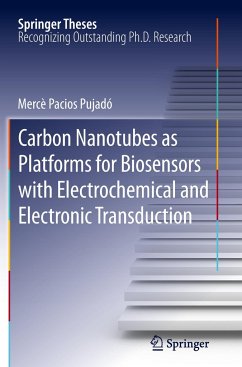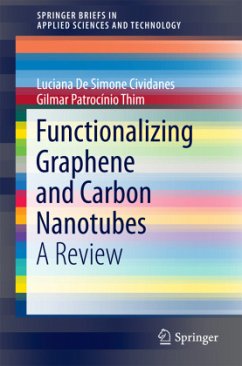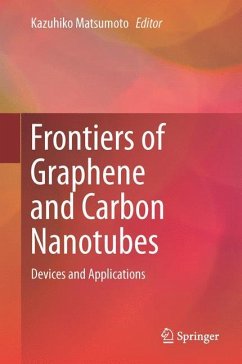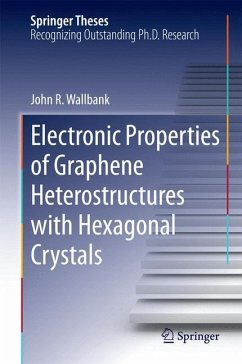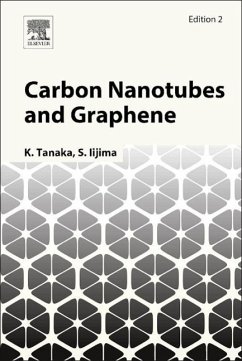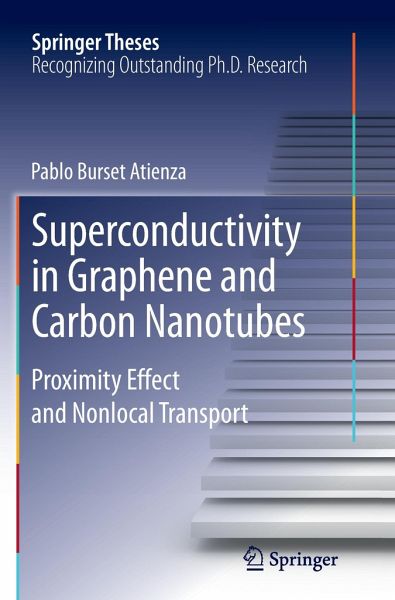
Superconductivity in Graphene and Carbon Nanotubes
Proximity effect and nonlocal transport
Versandkostenfrei!
Versandfertig in 6-10 Tagen
76,99 €
inkl. MwSt.
Weitere Ausgaben:

PAYBACK Punkte
38 °P sammeln!
The unique electronic band structure of graphene gives rise to remarkable properties when in contact with a superconducting electrode. In this thesis two main aspects of these junctions are analyzed: the induced superconducting proximity effect and the non-local transport properties in multi-terminal devices. For this purpose specific models are developed and studied using Green function techniques, which allow us to take into account the detailed microscopic structure of the graphene-superconductor interface. It is shown that these junctions are characterized by the appearance of bound states...
The unique electronic band structure of graphene gives rise to remarkable properties when in contact with a superconducting electrode. In this thesis two main aspects of these junctions are analyzed: the induced superconducting proximity effect and the non-local transport properties in multi-terminal devices. For this purpose specific models are developed and studied using Green function techniques, which allow us to take into account the detailed microscopic structure of the graphene-superconductor interface. It is shown that these junctions are characterized by the appearance of bound states at subgap energies which are localized at the interface region. Furthermore it is shown that graphene-supercondutor-graphene junctions can be used to favor the splitting of Cooper pairs for the generation of non-locally entangled electron pairs. Finally, using similar techniques the thesis analyzes the transport properties of carbon nanotube devices coupled with superconducting electrodes and in graphene superlattices.





